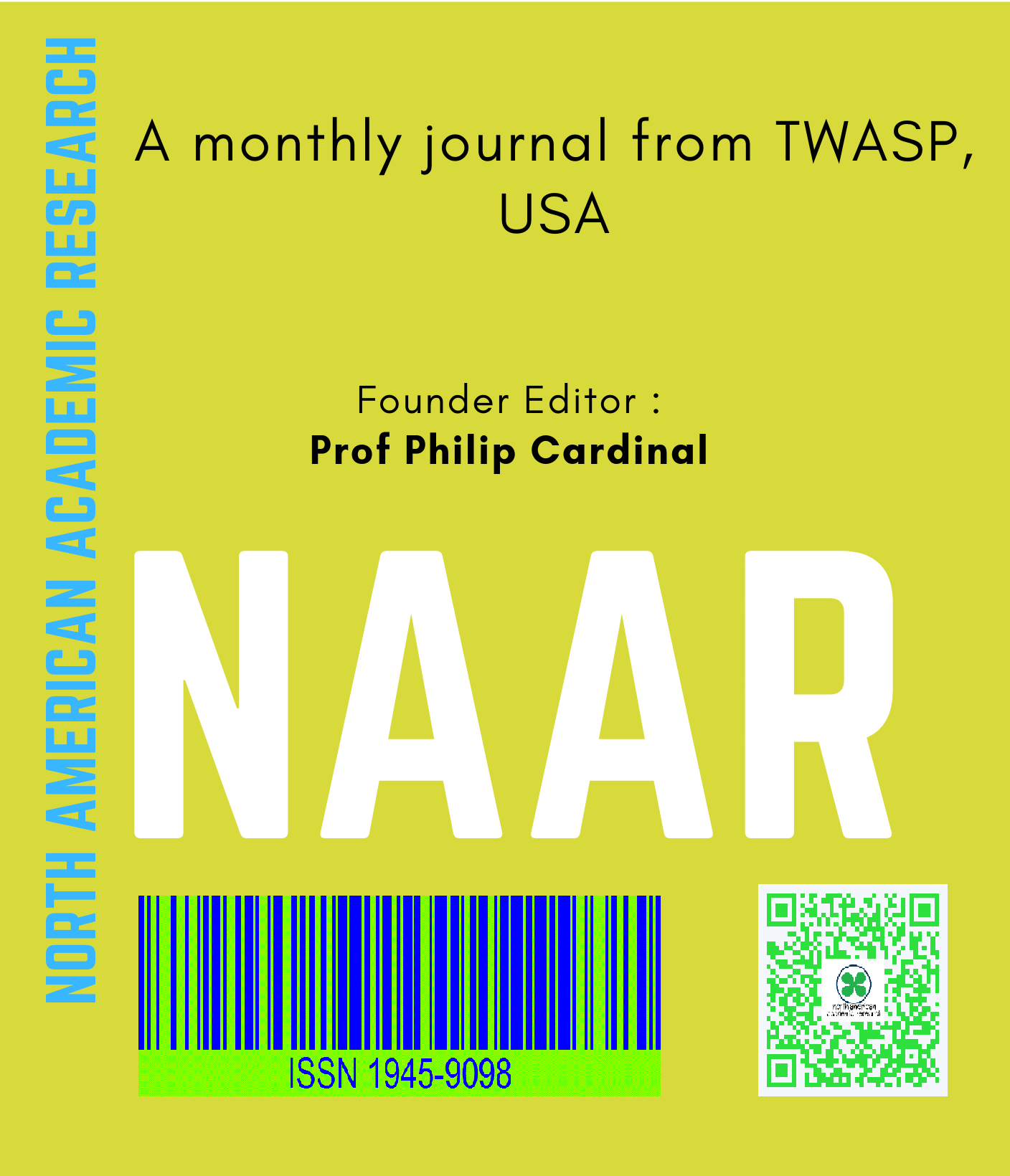
North American Academic Research
NAAR is an international, open access journal, published weekly online by TWASP. Online ISSN: 1945-9098 Impact Factor : 3.75 (2023) 5-Year Impact Factor: 4.6 (2023) Acceptance rate: 42% Submission to first decision: 2 days

